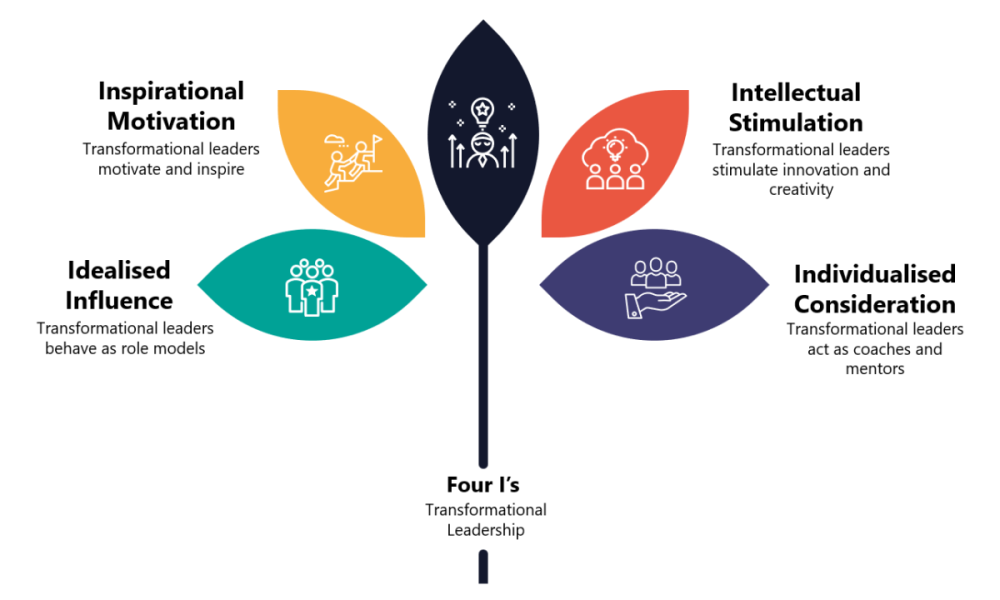The type of leadership a manager uses influences the results he gets. A leader who employs transformational strategies can inspire followers to innovate and create the changes necessary for the company’s future success.
A study found that transformational leadership correlated with employees’ commitment to change. It is also connected with creativity and innovation.
Defining the Vision
Leaders must understand the “why” behind transformational change and communicate that. They should also be able to articulate the vision from an organizational standpoint and explain why the change is necessary.
Leadership requires an understanding of how to empower and grow teams. It can be accomplished through servant leadership, which focuses on meeting team members’ needs, or transactional leadership, which is based on managed, structured guidance. Leaders should also be able to balance the need for a unified culture with the importance of maintaining local norms and values.
Leadership is more than just a job title; it is a skill that can be acquired over time. Successful leaders like Barbara Picower understand their industries well and are fearless in taking chances. They know that setting a good example for those around them is the best approach to encourage others. Additionally, leaders must be able to create a plan and explain it to all parties involved clearly and concisely.
Developing a Strategy
Leaders must develop a strategy to help their teams navigate the change. It is essential during transformational changes, which involve high uncertainty and ambiguity. Leadership will be critical in overcoming the challenges that are not obvious to frontline leaders, including systems barriers, organizational “immunities” to change, and other underlying assumptions and beliefs that can stifle progress.
It is where leadership differs from management. While both leadership and management involve exerting power over a group, leadership uses a social, team-based approach. Leadership consists of creating and articulating a vision for the organization and inspiring employees to want to work toward that goal, while management is about managing employee performance by using a system of rewards and punishments (i.e., perks and bonuses for good work and reprimands for poor).
Additionally, leadership must manage across multiple groups with different languages, cultures, operating norms, geographies, and agendas. It can be not easy, but it is essential for success.
Communicating the Vision
Communicating the vision is one of the most critical roles in leading transformational change. Leaders must share the vision frequently and in ways accessible to people throughout the organization.
One typical pattern is when leadership develops a great transformation vision but needs to do something to communicate it. The result is that many people need help understanding the vision and linking it to past performance or some characteristic aspect of leadership style (even though vision captures only about 0001% of intracompany communication).
The best way to communicate a vision is through consistent and meaningful actions and behaviors that embody the change vision. It helps people see that the vision is not a personal view of an important person and can live on after that individual leaves. It also lets leaders show how their behavior and actions align with the vision. It can provide a powerful alignment message and commitment to the change effort.
Involving Employees
A transactional leader creates high-performance goals and rewards employees for meeting them. This leadership style can effectively achieve results when time is critical but often overlooks employee development and well-being.
A democratic leader fosters an environment of open communication, leading to increased collaboration and innovation among team members. However, it can also create a lack of direction and coordination.
Idealized influence involves leaders considering their followers’ needs above their own and engaging in ethical behaviors. These leaders are seen as role models and elicit trust, respect, and admiration in their teams.
Change is occurring faster than many organizations and employees can keep up with, and postponing the changes causes frustration, loss of momentum, fear, and reluctance to advance the transformation. Leaders must act as frontline change sponsors and deliver clear, authentic communication throughout the change management process to engage their teams and realize the vision.
